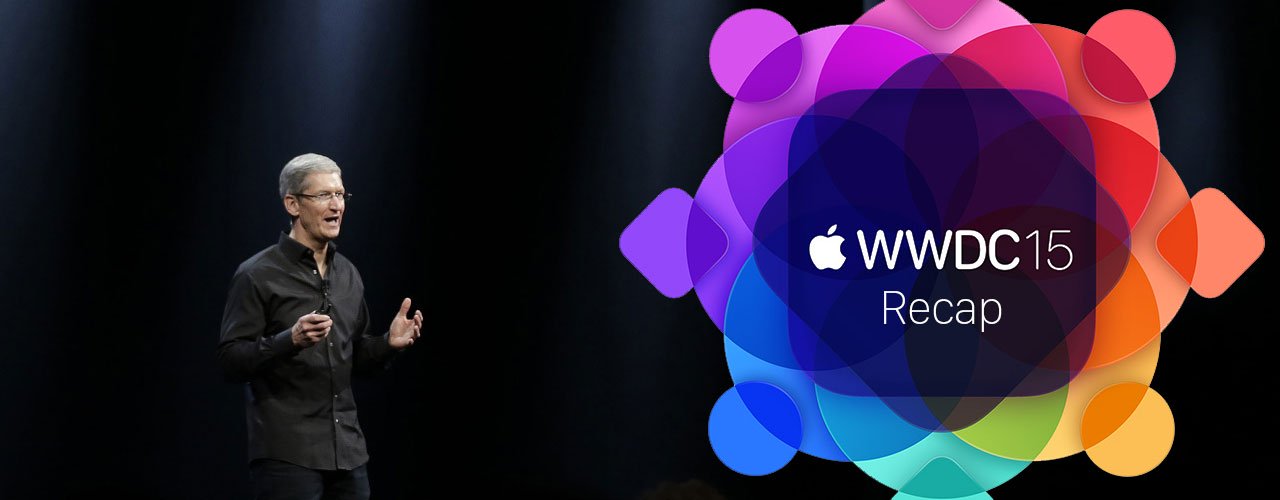Every year, Apple holds its developer conference, The Apple Worldwide Developers Conference, in San Francisco. This is where they announce new operating systems for both their Mac and iOS product lines, as well as show off their sales numbers for the last year. This year, however, they stuck to announcing new things for their operating systems, including a new version of iOS, a new version of OSX and a more expandable version of the software for the new Apple Watch. Here’s a quick look at 5 of the top takeaways from the conference this year:
5 – Apple Watch
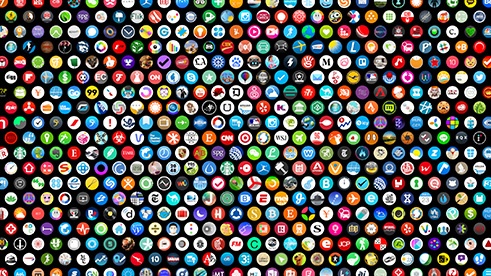
The Apple Watch, Apple’s latest addition to their device family, is receiving an update later this year to WatchOS 2. The biggest new feature of WatchOS 2 is the addition of custom apps specifically for the watch, meaning that the iPhone will no longer be required to run apps developed for the watch.
Along with that, Apple introduced several other new features and improvements including replying to emails straight from the watch and several new watch faces.
Apple WatchOS 2 is set to come out in the fall.
4 – OSX – El Capitan
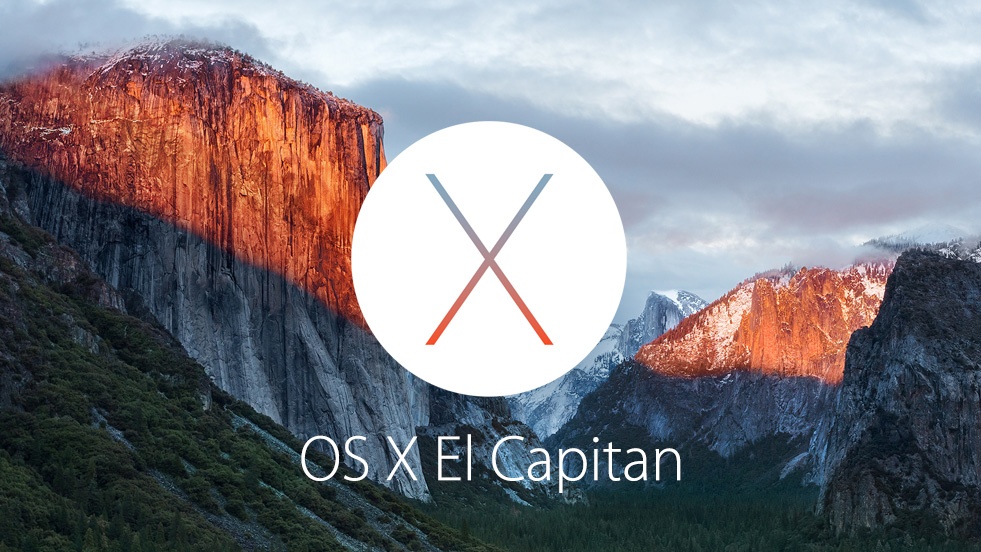
Last year, Apple unveiled OSX Yosemite, which provided a major visual overhaul, new apps and new features. El Capitan expands on where Yosemite left off, focusing on increased performance and user experience. Some of the more noticeable changes to the operating system include the ability to manage windows more intuitively, allowing users to “snap” windows to different sides of the screen, or easily create and manage multiple virtual desktops.
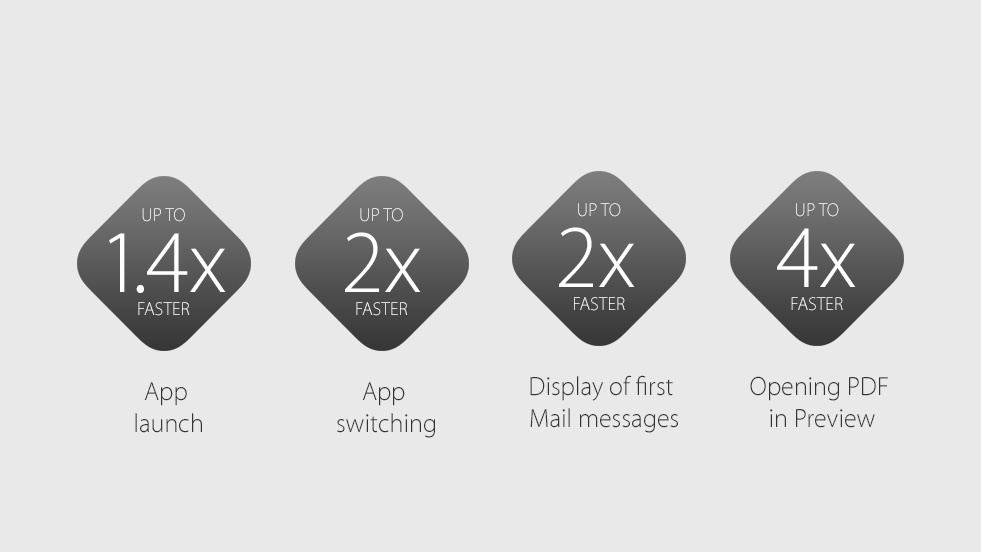
Behind the scenes, OSX El Capitan will utilize the Metal framework Apple announced for iOS last year. Metal allows developers to work closer with the actual hardware, meaning apps and games run faster. With Metal, Apple states that performance in everyday apps run much faster.
3 – Apple Music
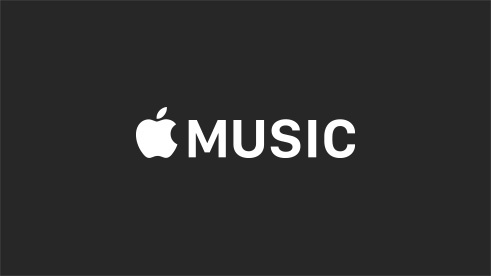
Apple finished out the event with their famous “One More Thing…” and announced a new music streaming service that aims to help users discover new artists and albums. Presented by prominent figures in the music industry like Jimmy Iovine, Trent Reznor and Drake, the service features a worldwide 24/7 radio station, curated playlists and streaming access to the extensive iTunes library.
Access to the music service will require a monthly subscription for $9.99, but families using the service can subscribe for $14.99 for up to 6 people.
Apple Music will be available on iOS and Mac on June 30th, with PC and Android versions coming later this fall.
2 – iOS 9
iOS 9 seemed to get the most attention at the conference Monday. From improvements to Siri to multitasking on the iPad, the newest version of iOS has a large number of new features and optimizations.
Apple touted some statistics about Siri at the keynote, such as recent updates to Siri have increased the response speed by 40%. A speed increase like that is huge, considering Siri handles over a billion requests per week. Siri will now be more of a “proactive assistant” in iOS 9, autodetecting invitations and tasks within emails and texts and adding them to your calendar.
The search functionality of iOS saw major improvements, now allowing search results to include results from within apps installed on the device. The example used in the keynote was a search for a location that pulled up an Airbnb listing for that location. Apple is releasing an API to developers that will allow companies to utilize the search functionality much more intuitively.
Apple Pay was briefly mentioned, as they’re launching the service in the UK later this year, as well as a continued rollout stateside in many more large retailer chains. They also announced a partnership with the payment processor, Square, and a new Square device that accepts Apple Pay will be released later this year.
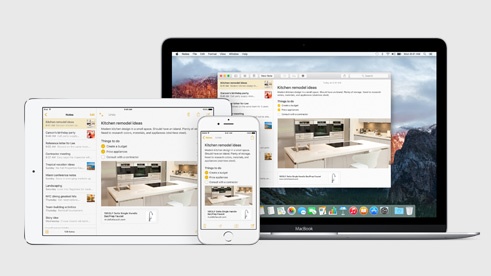
Both the Notes and Maps app will also be receiving updates in iOS 9. With the addition of QuickType, Notes will be able to create to-do lists, add photos and sketches within the app. Maps will receive transit directions, as well as detailed walking directions.
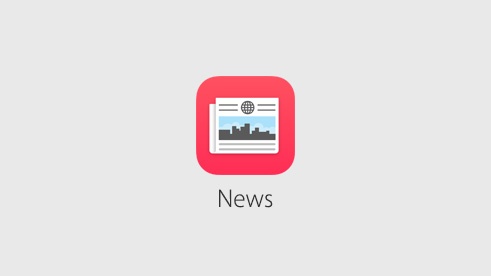
New to the iOS default app lineup is News, a curated selection of articles based on your interests. With News, users select the genres of news stories they’re interested in and the app will put together a beautiful interface showing content in those genres. With content coming in from Wired Magazine, ESPN, the New York Times and more, this app keeps all of your favorite publishers and content creators all in one place.
1 – Swift
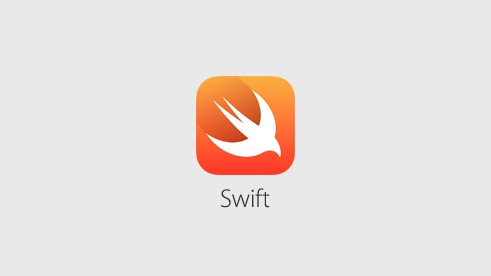
At last year’s WWDC, Apple introduced the Swift programming language. Prior to that, OSX software and iOS apps were developed in separate languages, compartmentalizing development on both platforms. Swift bridged the gap between the two platforms, allowing developers to use one language to develop for both simultaneously.
As with nearly everything Apple has released, it was part of the infamous “walled garden” of Apple’s ecosystem, meaning that it was Apple’s “our way or no way” mentality. Monday, however, Apple announced that the programming language would be released as open source later this year. Out of the announcements from Monday’s conference, this stood out to me the most, as it appears as though Apple may be turning over a new leaf.
As a developer, the fact that the language is being open sourced is exciting as it means that the language can grow and improve that much faster, with more and more people working on it. As a consumer, though, that expansion and improvement means higher quality apps and a more stable experience while using your devices.
Overall, these updates seem to be more of an incremental release with minor improvements. With Apple Music also being released on Android, and Swift going open source, it feels like Apple is turning over a new leaf. It’s an exciting time for developers with both Apple and Microsoft giving more and more options for growth and innovation. Consumers should expect to see that growth and innovation shine through in new apps soon.

Logical Position, an Inc. 500 digital agency supporting 5,000+ clients across North America. LP is the proud recipient of Google’s Lead Generation Premier Partner of the Year and Microsoft's Global Channel Partner of the Year 2024! The award-winning agency offers full-service PPC management, SEO, Paid Social, Amazon and Creative Services for businesses large and small. As a Google Premier Partner, Microsoft Elite Partner & Meta Business Partner, LP is in the top 1% of ad spend managed across platforms.
